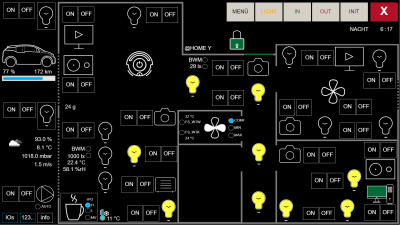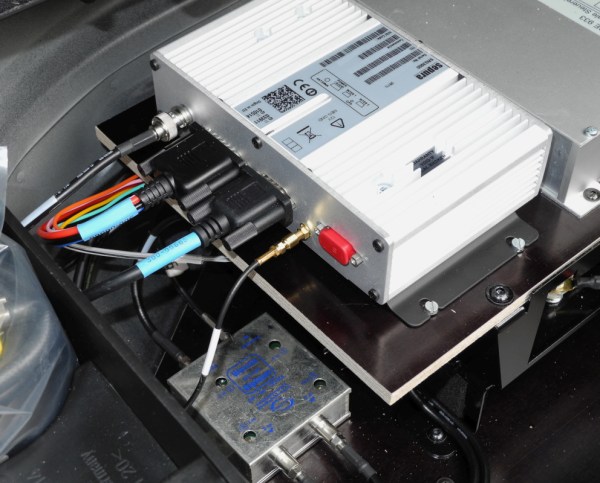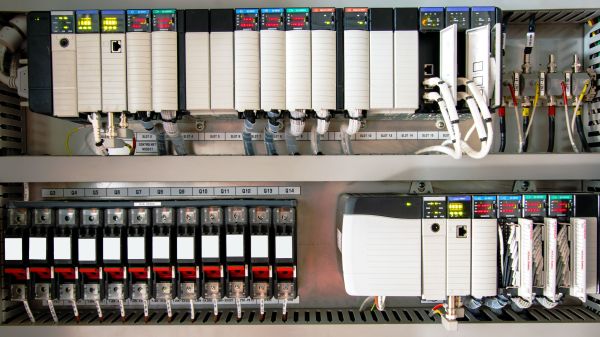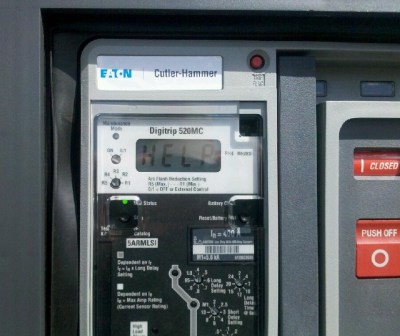Drive along nearly any major road in the United States and it won’t be long before you see evidence of the electrical grid. Whether it’s wooden poles strung along the right of way or a line of transmission towers marching across the countryside in the distance, signs of the grid are never far from view but often go ignored, blending into the infrastructure background and becoming one with the noise of our built environment.
But there’s one part of the electrical grid that, despite being more widely distributed and often relegated to locations off the beaten path, is hard to ignore. It’s the electrical substation, more than 55,000 of which dot the landscape of the US alone. They’re part of a continent-spanning machine that operates as one to move electricity from where it’s produced to where it’s consumed, all within the same instant of time. These monuments of galvanized steel are filled with strange, humming equipment of inscrutable purpose, seemingly operating without direct human intervention. But if you look carefully, there’s a lot of fascinating engineering going on behind those chain-link fences with the forbidding signage, and the arrangement of equipment within them tells an interesting story about how the electrical grid works, and what the consequences are when it doesn’t.
Continue reading “A Field Guide To The North American Substation”




















